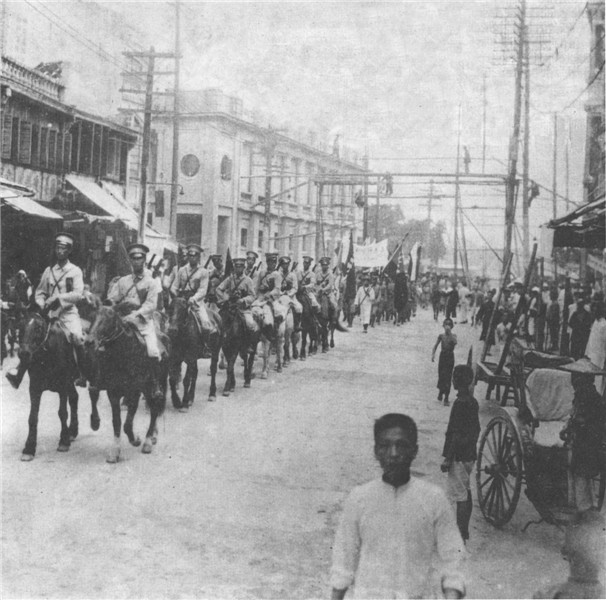Fengtien Army on:
[Wikipedia]
[Google]
[Amazon]
The Northeastern Army (), was the Chinese army of the  Zhang Xueliang commanded this army after the assassination of his father. Prior to the
Zhang Xueliang commanded this army after the assassination of his father. Prior to the
Fengtien clique
The Fengtian clique () was one of several opposing military factions that constituted the early Republic of China during its Warlord Era. It was named after Fengtian Province (now Liaoning), and operated from a territorial base comprising the thr ...
until the unification of China in 1928. From 1931 to 1933 it faced the Japanese forces in northeast China
Northeast China or Northeastern China () is a geographical region of China, which is often referred to as "Manchuria" or "Inner Manchuria" by surrounding countries and the West. It usually corresponds specifically to the three provinces east of t ...
, Jehol and Hebei
Hebei or , (; alternately Hopeh) is a northern province of China. Hebei is China's sixth most populous province, with over 75 million people. Shijiazhuang is the capital city. The province is 96% Han Chinese, 3% Manchu, 0.8% Hui, an ...
, in the early years of the Second Sino-Japanese War
The Second Sino-Japanese War (1937–1945) or War of Resistance (Chinese term) was a military conflict that was primarily waged between the Republic of China and the Empire of Japan. The war made up the Chinese theater of the wider Pacific Th ...
.
 Zhang Xueliang commanded this army after the assassination of his father. Prior to the
Zhang Xueliang commanded this army after the assassination of his father. Prior to the Mukden Incident
The Mukden Incident, or Manchurian Incident, known in Chinese as the 9.18 Incident (九・一八), was a false flag event staged by Japanese military personnel as a pretext for the 1931 Japanese invasion of Manchuria.
On September 18, 1931, L ...
it possessed 12 infantry brigades and 3 cavalry brigades (estimated at 179,505 troops) in northeast China
Northeast China or Northeastern China () is a geographical region of China, which is often referred to as "Manchuria" or "Inner Manchuria" by surrounding countries and the West. It usually corresponds specifically to the three provinces east of t ...
, in addition to 12 infantry brigades, 2 cavalry brigades and 3 artillery brigades stationed in northern China. This Chinese army was badly underarmed after the retreat from the northeast, following the Mukden Incident when most of the arsenals and their arms were seized by Japan. Many units were only equipped with handguns, grenades, and traditional Chinese swords. It defended Chinchow against the Japanese in 1931, and Jehol and Hebei against the Japanese Operation Nekka in 1933. Zhang Xueliang was relieved of command after the fall of Jehol, being replaced by General He Yingqin.
See also
*Order of battle Defense of the Great Wall The following units and commanders fought in the Defense of the Great Wall of the Second Sino-Japanese War. List as of 20 March 1933.
China
Military Committee (Peking branch) - Chairman Chiang Kai-shek, He Yingqin (deputy)
* 1st Army Group - Comma ...
* Zhang Zuolin, first commander of Northeastern Army (Fengtian clique) and father of Zhang Xueliang
Sources
* Mukden Incident - 9/18/1931, http://www.republicanchina.org/war.html#Mukden_Incident * Battles of the Great Wall - 3/1933, http://www.republicanchina.org/war.html#Chang-Cheng-Zhi-Zhan Second Sino-Japanese War Warlord Era {{China-mil-stub